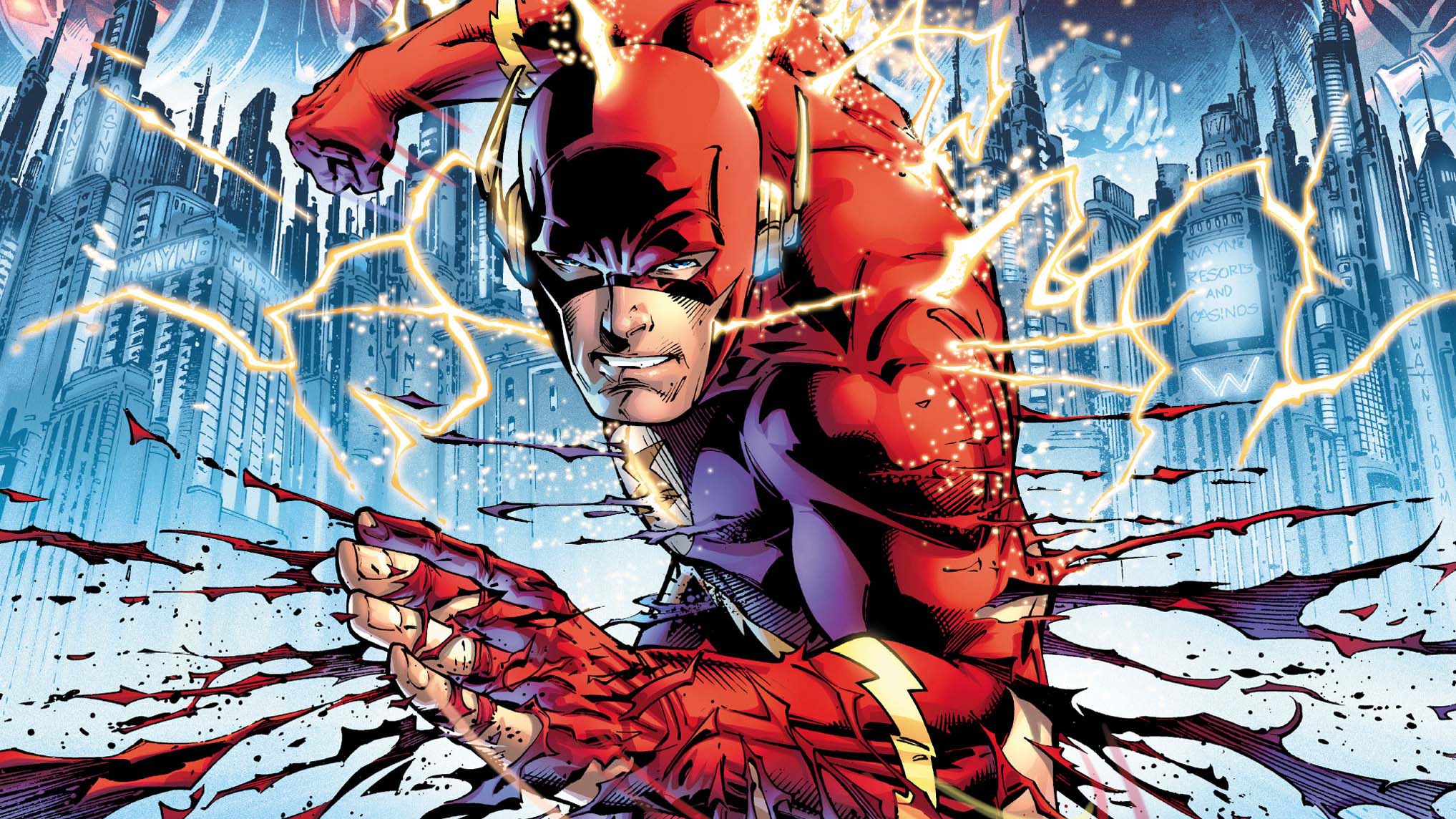
The Flash is currently speeding its way into cinemas worldwide. The film, which finds Ezra Miller's Barry Allen teaming up with Michael Keaton's Batman and Sasha Calle's Supergirl, is a multiversal epic packed with adventure, comedy - and a quite staggering number of cameos. It's also heavily inspired by a specific arc from the comics.
Flashpoint was a crossover event that ran through DC comics between May and August 2011. The core Flashpoint limited series, by Geoff Johns and Andy Kubert, focused on Barry Allen accidentally breaking reality after he undoes his mom's murder.
Sound familiar? That's because it's almost exactly the same story as the film. And just as the movie is being used as a way to reset the DC Extended Universe to make way for James Gunn's rebranded DC Universe, so too did Flashpoint have huge ramifications for the entire DC comics line in the early 00s, with the company using it as the way into The New 52 - the company-wide relaunch that rebooted the status quo of DC's entire superhero slate.
But just how faithful is The Flash to Flashpoint? While the two projects have many similarities, there are also some huge differences. We're going to dig into those here, but be warned, there are major spoilers for both The Flash and the Flashpoint comics ahead...
A very different sort of Batman
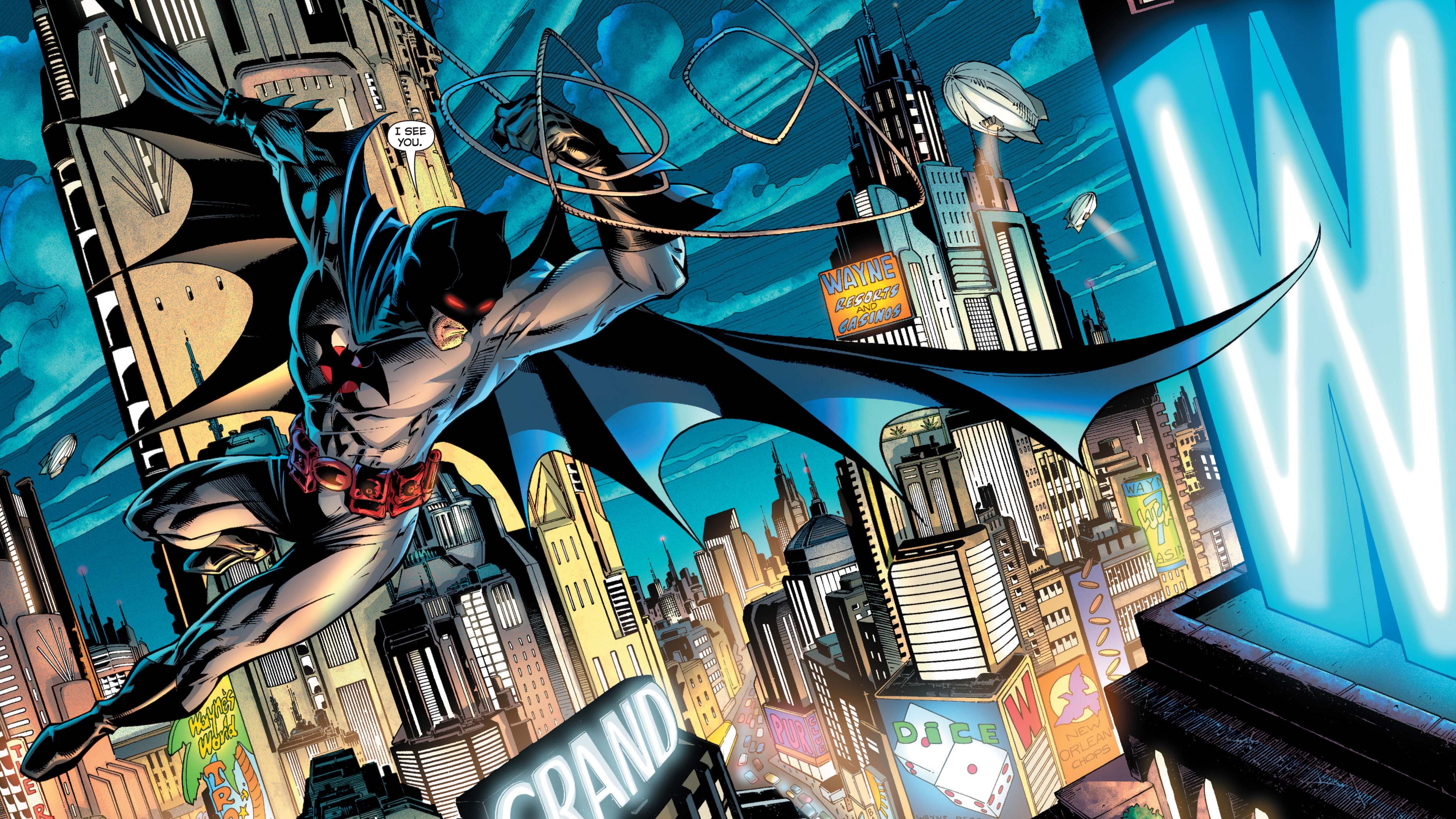
One of The Flash's biggest divergences from the comic is in how it presents the Dark Knight. At the start of the film we see Barry hanging out with the Ben Affleck Batman. After reality shifts, however, he finds himself with the Michael Keaton version of Bruce Wayne - now older, wiser, and retired, but still fundamentally the same man. The Joker in this timeline is dead and presumably looked a lot like Jack Nicholson.
That's not the case with the Flashpoint Batman who is, in fact, Thomas Wayne - Bruce's father. In this reality both Thomas and Martha lived, while Bruce died that night in Crime Alley. Thomas decided to avenge his son by fighting crime as Batman. But what of Martha, you may ask? Oh, she's only the Joker now...
Atlantis and Themyscira are at war
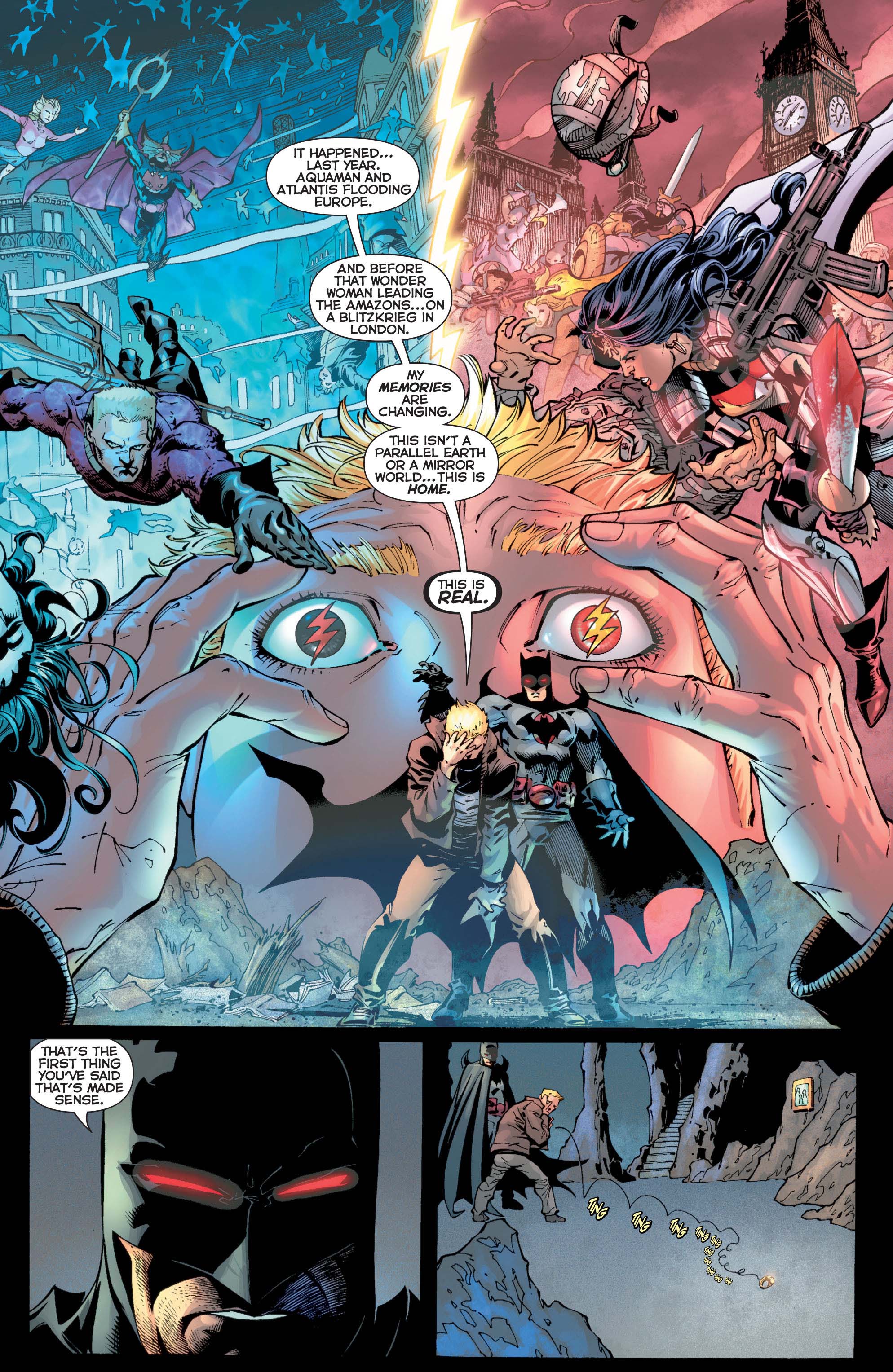
In the Flashpoint timeline two beloved DC heroes have become bitter rivals.
In this version of reality, Aquaman and Wonder Woman married, but what should have been a joyful occasion turned tragic when Diana's mother, Hippolyta, was assassinated. This was the first act in a devastating global conflict that led to the Amazons conquering London and rebranding it as New Themyscira.
This element is completely absent from the film. Wonder Woman does appear in the first act, before reality shifts, but there's no hint of the cataclysmic Atlantis versus Themyscira war in the altered timeline. Instead, Zod's arrival on Earth - as originally seen in Man of Steel - becomes the main focus of the action.
The fate of Superman
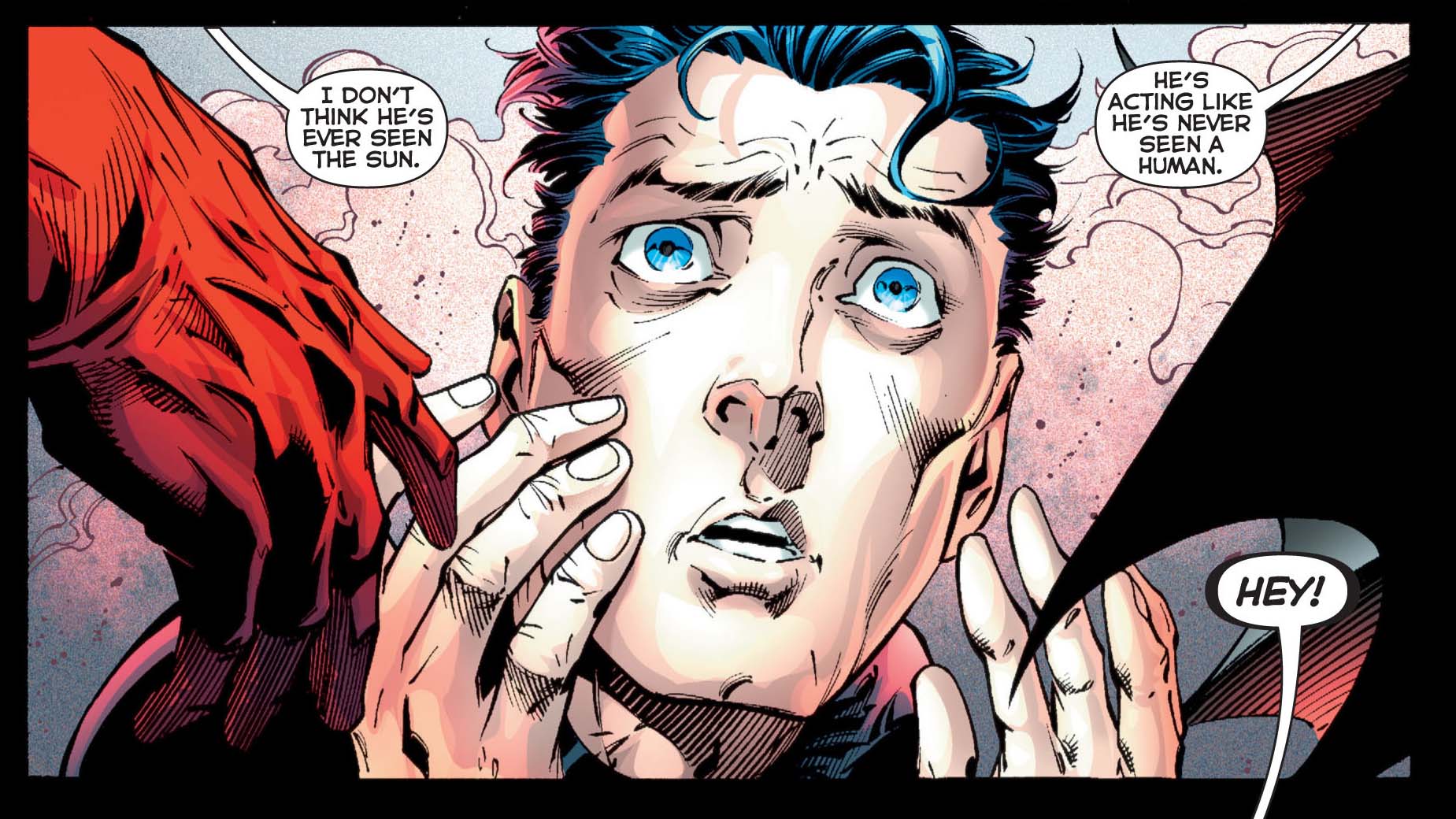
Superman's famous origin story is quite different in the Flashpoint timeline. Here, his Kryptonian rocket falls on Metropolis instead of Smallville, killing 35,000 people in the process. It's written off as a terrorist attack by the government, but secretly they have found and imprisoned the alien child inside.
Designated Subject One, Kal-El is raised in captivity as part of Project: Superman, an initiative to try and create the ultimate supersoldier. That's rough on Supes, but at least he lives and is eventually freed by Batman, Barry, and Cyborg.
In the film, however, Zod reveals that he has intercepted Kal-El's pod, stating grimly that "The infant did not survive." Meanwhile, Sasha Calle's Supergirl has been captured by humans and is imprisoned at a Siberian Black Site until Batman and two versions of Barry arrive to set her free.
Cyborg has friends in high places
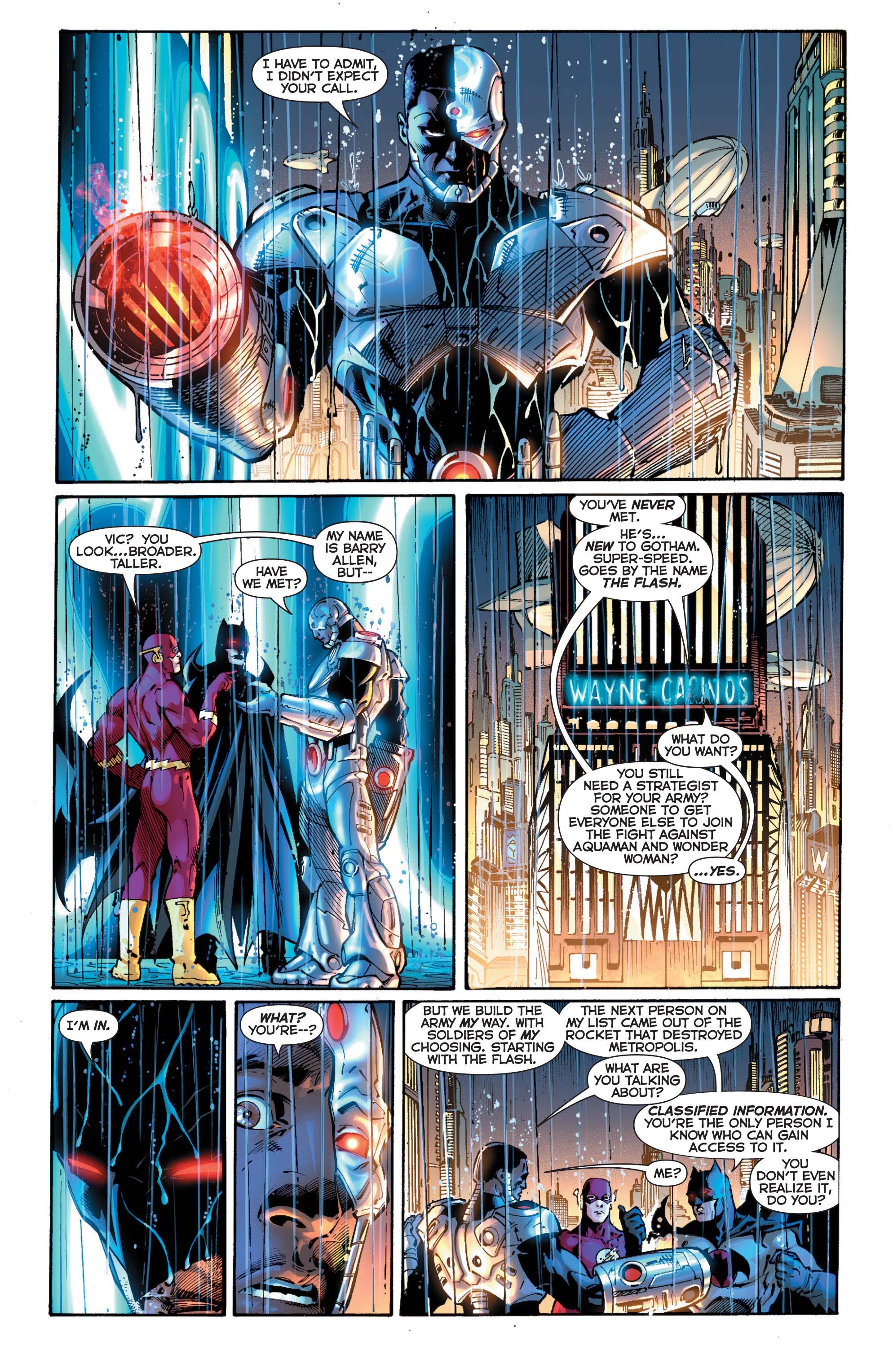
Cyborg - as played by Ray Fisher - does not appear in The Flash. Indeed, the only real acknowledgement of the character's existence in the new timeline is when Barry searches for members of the Justice League and discovers that Victor Stone is still a high school quarterback.
That's a big change from the comics. With Superman imprisoned in the Flashpoint universe, there's a gap left for the world's greatest hero - and that is filled by Cyborg. In this timeline he has a direct line to the US President who has tasked him with assembling a team of heroes to try and bring the war between the Amazons and Atlanteans to an end. Thomas Wayne and Barry eventually talk him into helping them free Superman.
The murder of Nora Allen
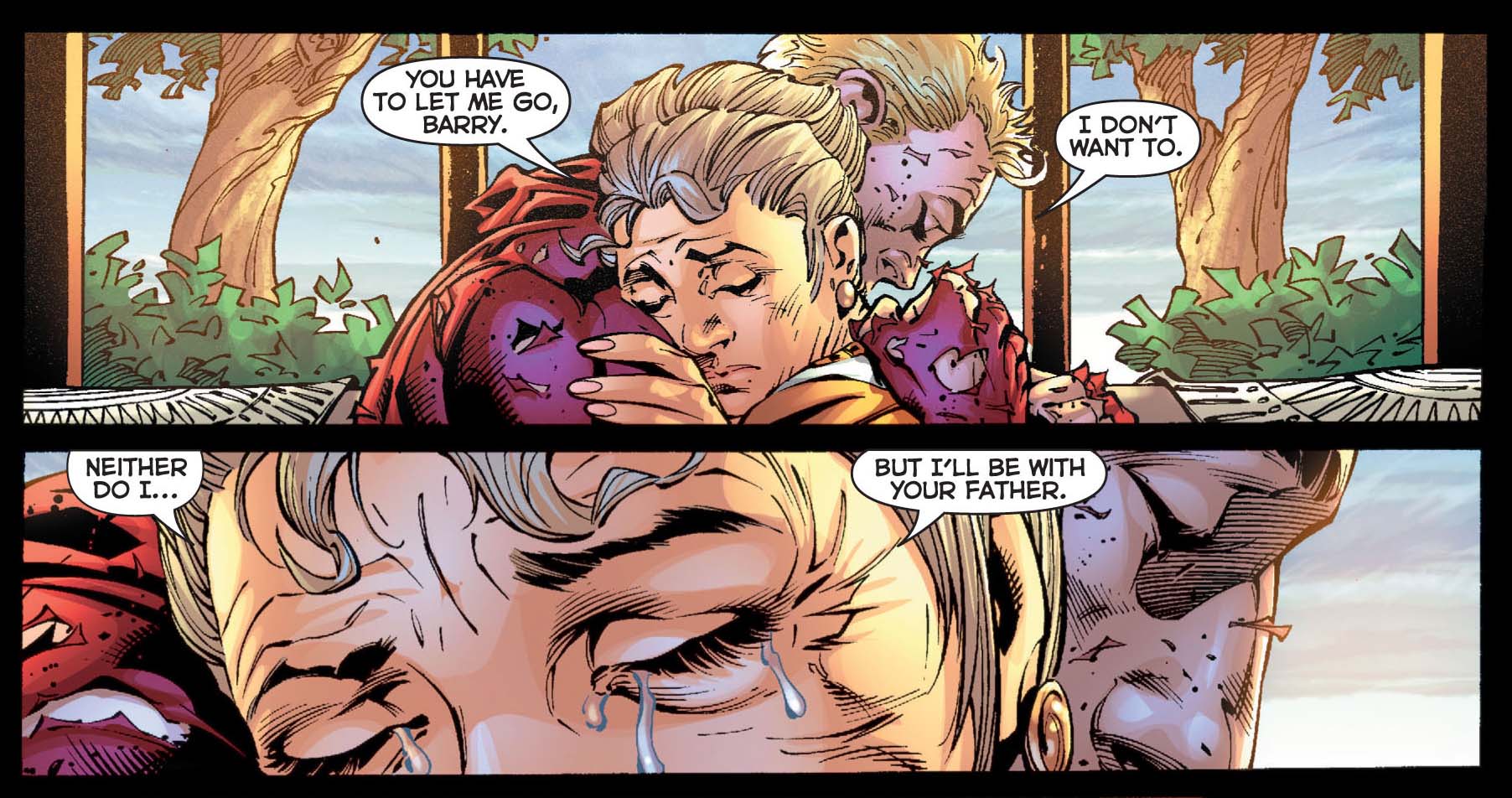
The death of Barry's mother is the core of The Flash's emotional arc. We learn that Nora Allen (as played by Maribel Verdú) was killed by an anonymous home invader while her husband Henry was out picking up groceries. This, in turn, leads to Henry's arrest on suspicion of murder. Although the film eventually sees him exonerated, we weirdly never find out exactly who killed Nora, or why.
Things are much clearer in the comics. In 2009's The Flash: Rebirth #5, also written by Geoff Johns, we learn that Nora was killed by Barry's bitter enemy, Eobard Thawne, the Reverse-Flash.
There is no Thawne in the film, but we do meet an evil Flash - a version of Barry who has been corrupted by countless attempts to rewrite history. He's eventually defeated by an earlier version of Barry, who nobly sacrifices himself to save reality.
Eobard Thawne is not the only dark version of Flash. There have been many evil speedsters over the years. Find out about them here. For more on The Flash, check out our spoiler-heavy deep-dives...
- What happened to the Justice League in The Flash?
- Our deep dive on Iris West
- How different is The Flash to Flashpoint?
- How Superman Lives explains that wild cameo
- When does The Flash take place on the DCU timeline?
- Explaining the evil versions of The Flash
- What to watch before The Flash
- Everything you need to know about Supergirl
- The Flash Easter eggs and cameos
- The Flash post-credits scene, explained
- Every character that appears in The Flash multiverse sequence
- Our interview with The Flash filmmakers







